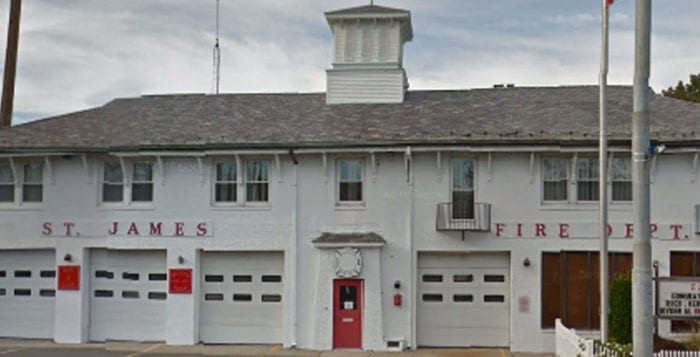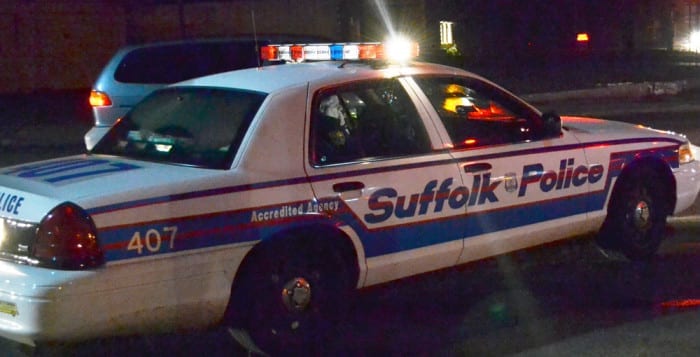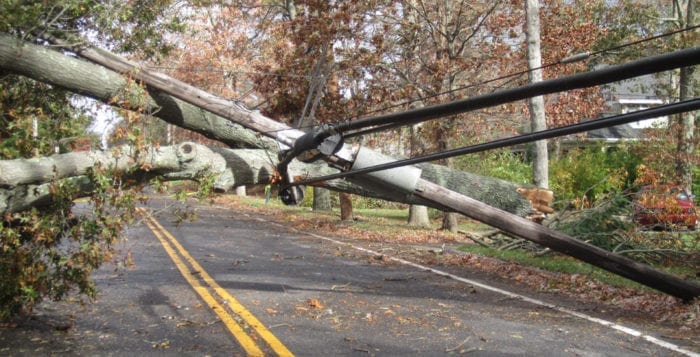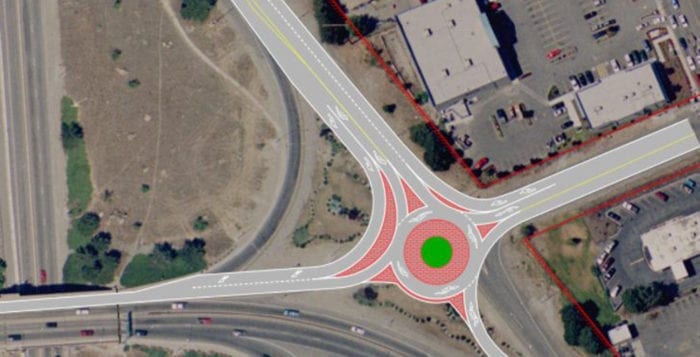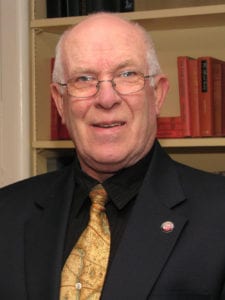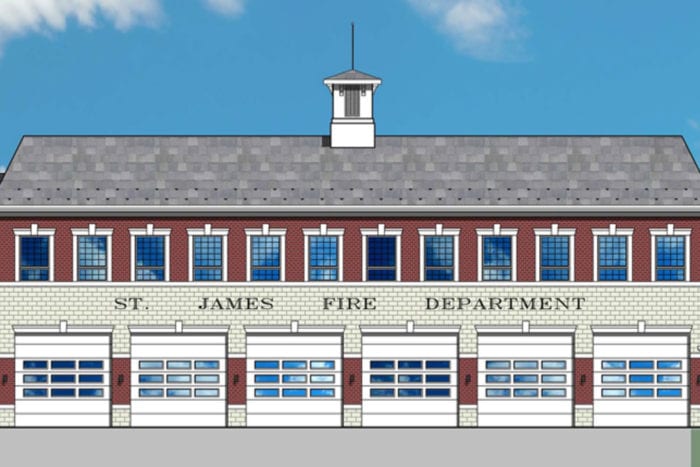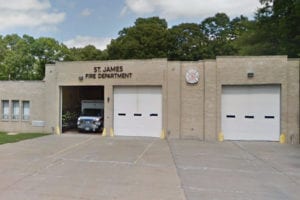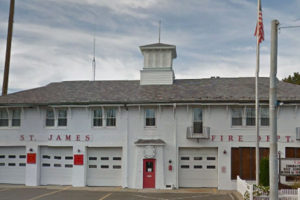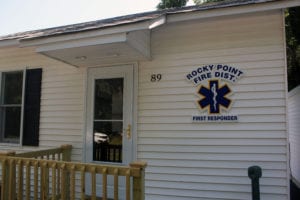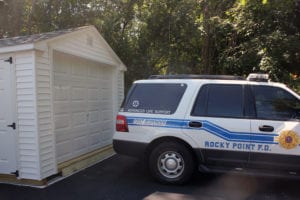By Sara-Megan Walsh
St. James residents have the opportunity to give their two cents on the effectiveness of their local fire rescue services.
The commissioners of St. James Fire District have launched an online survey asking for residents, taxpayers and business operators in St. James and Head of the Harbor to anonymously provide their opinions on the fire rescue services’ strengths, weaknesses and what needs improvement. All responses are due by April 30.
Edward Springer Sr., chairman of the board, said the survey is part of an independent study being conducted by RFG Fire Rescue Consulting on the St. James Fire District. The study will take a statistical look at the fire district’s response to emergency calls, starting from when a call comes in, who responds, how long it takes units to arrive at the scene and the effectiveness of the response. Firefighters, emergency responders and staff for the fire district have been given a separate survey to complete to offer their insight.
“There were questions raised by the Village of the Head of the Harbor, who we contract with, and some community associations that has brought us to getting more details,” Springer said. “That way we can continue going forward with facts, rather than going forward with mistruths that have been posted on Facebook.”
“It costs us a lot of money to have that building, is that building necessary for us to have a proper response?”
— Bill Kearney
At a Jan. 22 civic meeting, Head of the Harbor Mayor Douglas Dahlgard voiced concerns about the fire district’s proposed consolidation plan to operate all trucks out of its Jefferson Avenue headquarters, saying it would significantly increase response times for his residents, possibly placing them at increased risk. The village has a three-year contract for fire and ambulance services with St. James Fire District that expires Dec. 31.
Bill Kearney, vice chairman of the board, said the St. James fire commissioners are looking at consolidation in hopes of improving emergency response times. Kearney said delays are often caused by a lack of available personnel, who are sometimes split between the two firehouses, and the commissioners believe consolidation could fix the issue.
The St. James Fire Department — the 501(c)(3) organization that represents volunteers in the fire and EMS services — currently has approximately 100 members, according to Springer. This is down from a record high of 125 members, and yet they are answering more calls for help than ever. In 2017, the St. James Fire District — made up of elected officials who are responsible for raising taxes to provide and maintain the buildings, fire and EMS service equipment that volunteers use — answered 1,423 emergency calls.
Kearney said the board hopes the study the consulting firm produces can provide insight on the operational value of the Route 25A firehouse. The district anticipates a preliminary draft of the study will be available for review mid-May.
“It costs us a lot of money to have that building, is that building necessary for us to have a proper response?” he asked.
The vice chairman estimated it costs the fire district approximately $80,000 a year for the Route 25A firehouse to cover utilities, maintenance and other basic costs.
“It’s not a historic building, but there’s a history to all of us here in town, especially the firefighters.”
—Marty Thompson
The future of the white, two-story firehouse at the intersection of Lake Avenue and Route 25A, built in 1922, has been an ongoing issue of concern. The commissioners first announced their plans to sell off the building in August 2017. The St. James Fire Department was guaranteed first opportunity to purchase it back, based on its initial contract of sale with the fire district.
“It’s not a historic building, but there’s a history to all of us here in town, especially the firefighters,” said Marty Thompson, president of the St. James Fire Department. “I would never want to see that building get knocked down. I honestly feel the best hope for that building is that the firefighters get it back.”
A tentative date of June 19 is set for the public referendum in which St. James taxpayers will be asked to approve the sale of the Route 25A firehouse from the fire district back to the fire department.
The department’s volunteer firefighters have already voted in favor of purchasing the building, according to Thompson, to maintain it as a landmark and for the community’s use. He assured the nonprofit organization can provide proper funding to provide for its upkeep.
If the referendum vote fails, he said the fire district could potentially close and shutter the firehouse entirely, give it to the county or state as excess property for their use, or sell it to the highest bidder.
“There are other interests out there who I am sure would like to rent or buy the building, maybe keep it the way it is,” Thompson said. “But I’ve seen that building there for so long. I don’t want to see anything else there.”
The online community survey can be found at www.surveymonkey.com/r/CommunitySurveySJFD9JLKR6N. All responses are confidential, according to the fire district.

